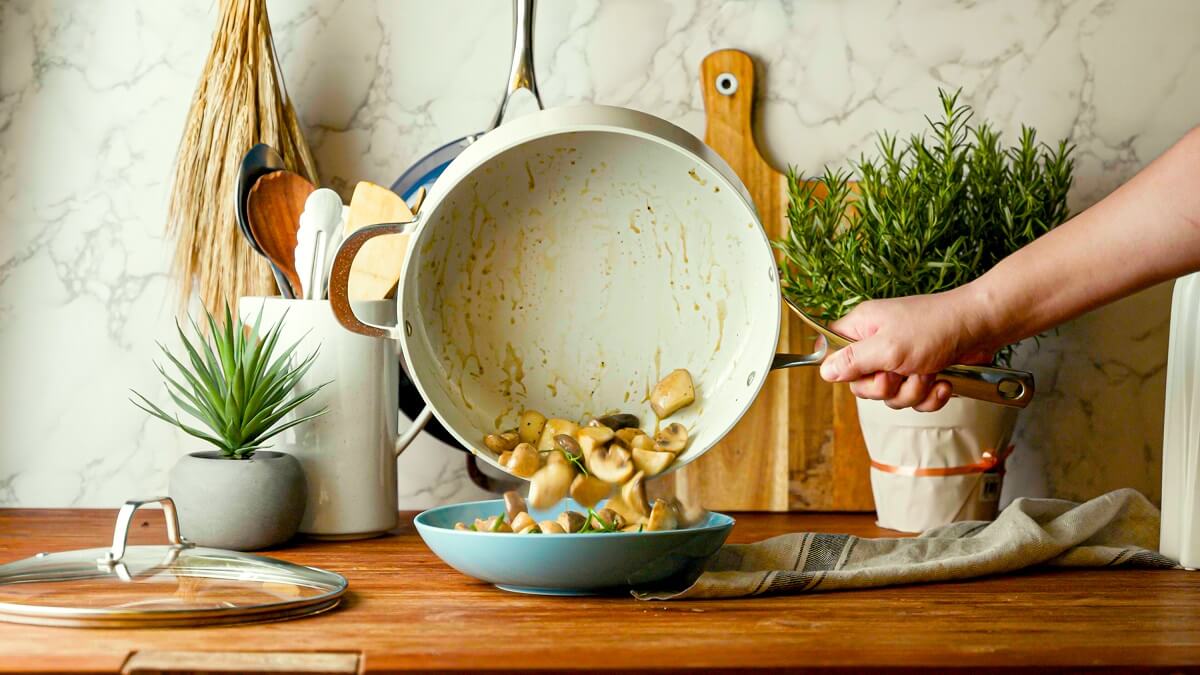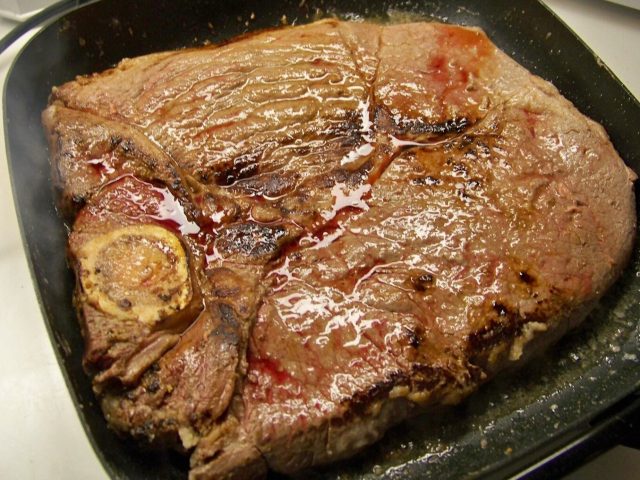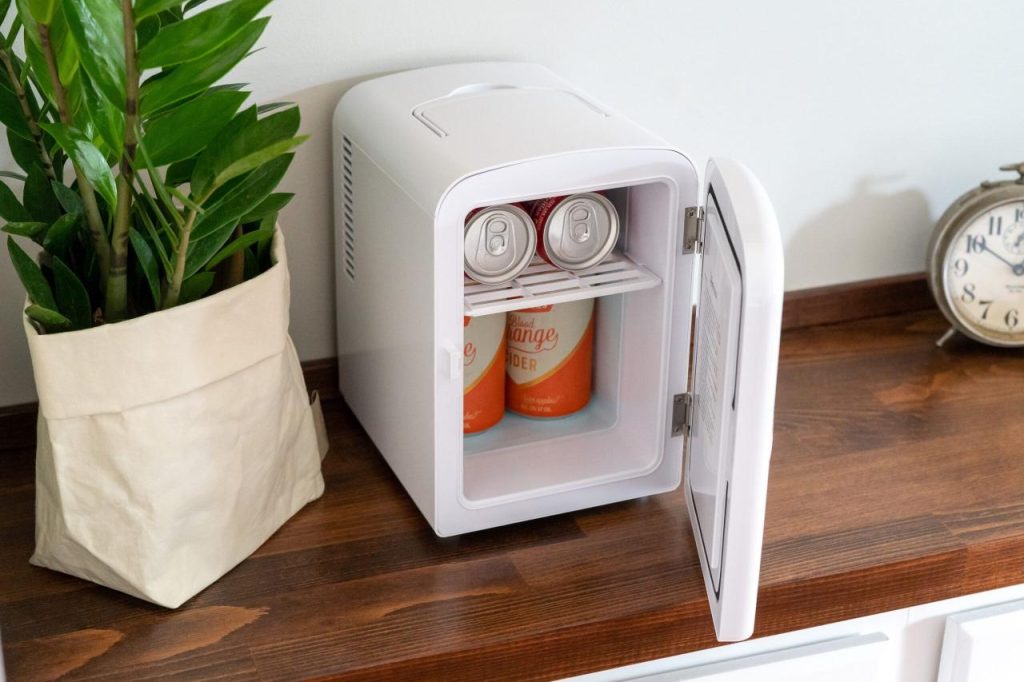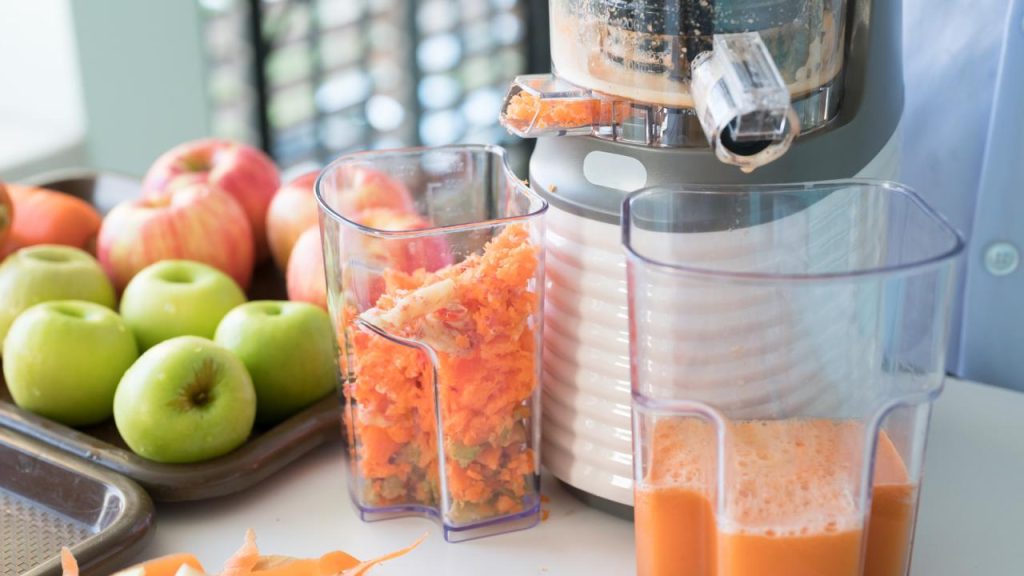In our ongoing journey to demystify kitchen essentials and elevate your culinary prowess, today, Cook Eat Delicious tackle a common concern among home chefs: the scratch resistance of ceramic cookware. As the popularity of ceramic cooking vessels continues to surge, understanding the durability and potential vulnerabilities of this material becomes crucial.
Join us on this culinary exploration as we delve into the intricacies of ceramic cookware, specifically addressing the burning question: Does it scratch? Together, we’ll sift through the facts, dispel any myths, and provide practical insights to empower you in your culinary adventures. Let’s unravel the truth about the scratch resistance of ceramic cookware.
The Nature of Ceramic Cookware
Composition and Manufacturing Process
Ceramic cookware encompasses cooking vessels like pots and pans, either crafted entirely from ceramic or featuring a metal body coated in ceramic. The ceramic material used in cookware is commonly derived from clay, often accompanied by other natural components. To achieve the desired shape, these materials undergo formation processes and are then subjected to high-temperature firing for hardening. In certain instances, manufacturers opt for applying a ceramic coating onto a metal base, combining the advantageous qualities of both materials.
Physical Properties and Durability
Renowned for its exceptional heat retention, uniform heat distribution, and versatility across various stovetops and ovens, ceramic cookware boasts significant advantages. However, its commendable qualities are accompanied by considerations related to hardness and brittleness.
While ceramic’s rigidity contributes to its durability, it is less malleable than metal. This characteristic renders ceramic more susceptible to cracking or chipping, especially under harsh conditions. Despite often featuring smooth and non-stick surfaces, ceramic cookware can be sensitive to scratches, particularly when handled without proper care.

Susceptibility of Ceramic Cookware Scratches
The question of whether ceramic cookware is prone to scratching is intricately tied to its usage and the materials employed in its maintenance. One of the primary considerations in this regard is the choice of utensils.
Utensil Impact on Ceramic Surfaces
Metal utensils, when used on ceramic cookware, have the potential to leave visible marks or, in more severe instances, gouge the surface. The risk is particularly heightened when force is applied during culinary endeavors. To safeguard the integrity of ceramic surfaces, it is widely recommended to opt for gentler alternatives such as utensils crafted from wood, silicone, or plastic.
Maintenance Practices and Their Role
The longevity of ceramic cookware in terms of resisting scratches is profoundly influenced by the diligence applied in its care. Gentle cleaning methods and a cautious approach to temperature differentials, commonly known as thermal shocks, contribute significantly to preserving the ceramic surface.
Thermal shocks can occur when rapidly transitioning the cookware from extreme temperatures, such as moving it from a scorching burner to a cold countertop. Such abrupt changes can compromise the structural integrity of the ceramic.

The Inevitability of Wear and Tear
Even with the most meticulous care, it’s essential to acknowledge that over time, minor scratches or signs of wear may appear on the ceramic surface. These superficial blemishes are a natural consequence of regular use and do not necessarily translate to compromised performance or safety concerns.
Strategic Utensil Choices for Prolonged Elegance
For those seeking to maximize the longevity and aesthetics of their ceramic cookware, adopting utensils with softer compositions becomes a strategic choice. Utensils made from materials like wood, silicone, or plastic are less likely to initiate scratches and contribute to a more harmonious and enduring relationship with your cherished cookware.
In conclusion, the question of whether ceramic cookware scratches is not a straightforward binary. It’s a nuanced exploration influenced by usage patterns, maintenance practices, and the choice of utensils. By embracing gentler utensil options and adhering to thoughtful care routines, one can savor the longevity and resilience of ceramic cookware, ensuring it remains a staple in the kitchen for years to come.
How to clean ceramic cookware
Ensuring the cleanliness and longevity of your ceramic cookware involves a thoughtful and systematic approach. Here’s a step-by-step guide to cleaning ceramic cookware:
Step 1: Allow Cooling
Let the ceramic cookware cool down completely before embarking on the cleaning process. This not only ensures safety but also contributes to the effectiveness of the cleaning routine.
Step 2: Hand Wash
Opt for hand washing using mild dish soap, warm water, and a soft sponge or cloth. Avoid the use of abrasive scrubbers or harsh cleaning pads, as these can compromise the integrity of the ceramic coating.
Step 3: Avoid Dishwasher
If possible, refrain from using a dishwasher. Hand washing is gentler on the ceramic coating, preserving its quality and aesthetics over time.
Step 4: Soak for Stains
For stubborn stains, allow the cookware to soak in warm, soapy water. This helps to loosen the residue, making it easier to remove during the subsequent cleaning steps.
Step 5: Gentle Scrubbing
Gently scrub the cookware with a non-abrasive sponge. It’s crucial to avoid the use of steel wool or abrasive tools that can potentially scratch the ceramic surface.
Step 6: Baking Soda Paste
For tougher stains, create a paste using baking soda and water. Apply the paste to the affected areas, let it sit for a while, and then scrub with a non-abrasive sponge.
Step 7: Remove Residue Promptly
After each use, promptly remove food residues and burnt bits. This proactive approach prevents them from sticking and becoming difficult to clean in subsequent sessions.
Step 8: Use Soft Utensils
When cooking, opt for wooden or silicone utensils to minimize the risk of scratching the ceramic surface. Metal utensils should be avoided to preserve the coating’s integrity.
Note:
- Avoid using high heat for cleaning, as extreme temperatures can impact the ceramic coating. Stick to moderate temperatures.
- Regularly inspect the cookware for signs of damage, such as chips or cracks. Promptly replace or repair damaged items.
- After washing, ensure the cookware is completely dry before storing, as moisture can lead to mold growth and affect the ceramic over time.
In conclusion, while ceramic cookware can be susceptible to scratching under certain conditions, adhering to proper use and maintenance practices significantly enhances its longevity and preserves its aesthetic appeal. Following manufacturer guidelines and best practices ensures that your ceramic cookware remains a durable and reliable asset in your kitchen.







